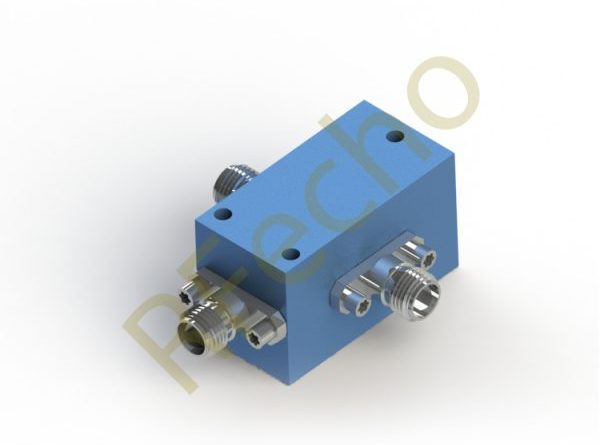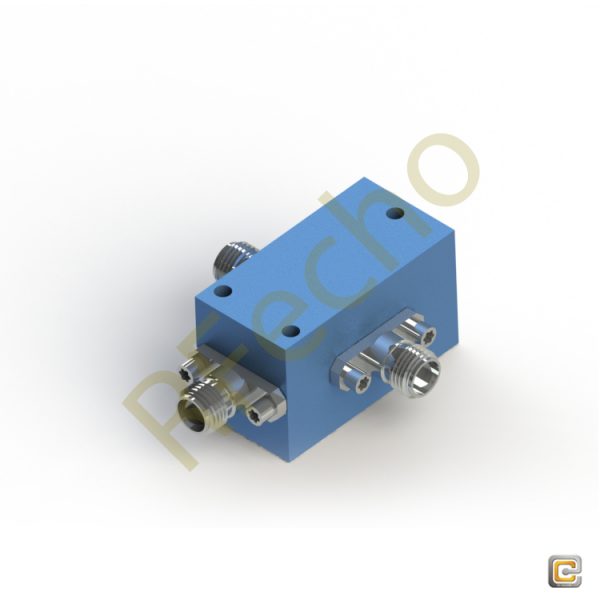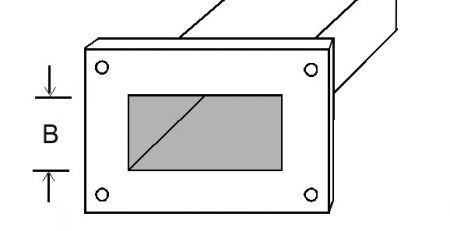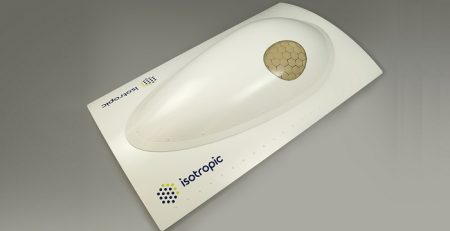Bias Tee: Essential Device Functions and Applications
What is a Bias Tee?
A bias tee is an essential electronic component often utilized in RF (radio frequency) and microwave communication systems. Its primary function is to separate or combine AC (alternating current) and DC (direct current) signals without any interference between the two. This capability makes it an indispensable tool in scenarios where simultaneous AC and DC signals need to be managed within a single transmission line. The basic operation of a bias tee revolves around its unique ability to keep AC and DC components isolated while maintaining signal integrity, making it a crucial element in modern communication infrastructure.
Basic Components of a Bias Tee
A bias tee consists of three fundamental components: DC voltage input, RF signal input, and a combined output port. These elements work synergistically to ensure that both AC and DC signals are processed correctly and efficiently.
DC Voltage Input
The DC voltage input is specifically designed for the injection of DC power into the bias tee. This input typically employs filtering mechanisms to minimize noise and ensure the smooth integration of DC power into the system. A reliable DC voltage input is critical for applications that require constant and stable power supply, such as powering active electronic devices like amplifiers and oscillators.
RF Signal Input
The RF signal input is dedicated to handling high-frequency AC signals. It includes features to ensure minimal signal loss and optimal transmission quality. This component is precisely engineered to facilitate the seamless integration of RF signals, maintaining the high fidelity required for applications in telecommunications and advanced communication systems.
Combined Output
The combined output port is where the magic happens in a bias tee. It amalgamates the injected DC power with the incoming RF signal, allowing both to coexist on the same transmission line without interference. The combined output ensures that both AC and DC elements function together harmoniously while reaching their designated destinations effectively.
Working Principle of a Bias Tee
The operational principle of a bias tee revolves around its ability to merge and separate AC and DC signals efficiently. The high-pass filter allows RF signals to pass through while blocking DC components, whereas the low-pass filter permits DC signals to flow while blocking RF frequencies. These filters ensure that both DC and RF signals are combined or separated seamlessly without distortion or loss. Such precision in combining and separating signals is essential for a variety of modern electronic applications, making the bias tee a fundamental component in sophisticated RF and microwave systems.
RFecho
In the realm of high-performance antenna design and development, RFecho stands as a paragon of innovation and expertise. Spanning frequencies from the low end of the spectrum up to the THz range, RFecho’s capabilities encompass a diverse array of antenna types, including standard gain horns, reflector antennas, and antenna arrays, to name but a few. Their proficiency extends to the creation of sophisticated passive products such as filters, power dividers, and waveguide components, as well as active products like low noise amplifiers and phase shifters.
RFecho’s prowess is particularly notable in the design of high-power, highly integrated, and complex products tailored to meet special requirements. Their technological solutions find applications in a myriad of fields, including remote control, telemetry, electronic countermeasures, satellite positioning, and radar systems. This breadth of expertise has enabled RFecho to forge extensive collaborations with a prestigious roster of domestic and international clients, including Fortune 500 companies, leading universities such as Cambridge, Oxford, and Harvard, and renowned research institutions.
With decades of accumulated experience and a team of seasoned professionals, RFecho has cemented its status as a pivotal distributor for numerous global RF companies. Their commitment to leveraging science and technology to deliver superior services underscores their mission to empower their clients, ensuring they remain at the forefront of their respective industries.
Applications of Bias Tees
Bias tees find their relevance in a multitude of applications across various technological fields. By efficiently managing the integration and separation of AC and DC signals, bias tees play a vital role in the functionality of numerous electronic systems.
Telecommunications
In telecommunications, bias tees are indispensable for powering remote antenna systems with DC power while enabling high-frequency data transmission. They are critical components in base stations, where they ensure stable power supply to tower-mounted amplifiers and other active components. This efficient power and signal management bolster the reliability and performance of communication networks.
RF and Microwave Circuits
In RF and microwave circuits, bias tees enable the precise insertion of DC biasing to active components such as transistors and amplifiers. They facilitate the optimal operation of these devices, ensuring maximum efficiency in signal processing. The isolation of DC and RF signals achieved by bias tees is essential for maintaining the integrity and performance of high-frequency circuits used in advanced communication and radar systems.
Test and Measurement Systems
Bias tees are also crucial in test and measurement systems, where they enable the simultaneous application of DC bias and RF signals to a device under test (DUT). This functionality is particularly important in the characterization and testing of RF components, allowing engineers to accurately assess device performance under various operational conditions. Bias tees thus contribute significantly to the development and validation of cutting-edge electronic technologies.
Advantages of Using a Bias Tee
Employing a bias tee in electronic systems offers several advantages that enhance both the functionality and efficiency of the devices in which they are integrated.
Isolation of DC and RF Signals
One of the primary benefits of using a bias tee is its ability to effectively isolate DC and RF signals. This isolation prevents interference and ensures that DC power does not disrupt the high-frequency signal transmission. It allows for the seamless integration of power and data signals, which is critical in high-performance communication and signal processing systems.
Efficient Power Supply Integration
Bias tees provide an efficient means of integrating power supply into RF and microwave circuits. By enabling the delivery of DC power through a single coaxial or waveguide transmission line, bias tees streamline system architecture and reduce the need for additional cabling. This simplification leads to reduced system complexity and enhanced overall reliability, contributing to the optimal functionality of advanced electronic systems.
Choosing the Right Bias Tee for Your Application
Selecting the appropriate bias tee for a specific application involves careful consideration of several factors. Key parameters such as frequency range, power handling capacity, and insertion loss must align with the requirements of the intended use case. Additionally, the physical dimensions and connector types should be compatible with the existing setup to ensure seamless integration.
Consulting with reputable manufacturers and suppliers like RFecho can provide invaluable insights and access to high-quality bias tees tailored to meet specialized needs. Their expertise and product range, encompassing both passive and active RF components, can significantly aid in making an informed and optimal choice.
Common Issues and Troubleshooting with Bias Tees
Despite their reliability, bias tees can occasionally encounter issues that affect their performance. Common problems include signal loss, poor isolation, and overheating. Signal loss can result from suboptimal component quality or improper connections, necessitating thorough checks and quality assurance. Poor isolation might be due to inadequate filtering within the bias tee, which can often be resolved by selecting a higher-quality device with better specifications.
Overheating can occur if the bias tee is subjected to power levels beyond its rated capacity, emphasizing the importance of adhering to manufacturer guidelines. Regular maintenance and periodic testing can help preclude these issues, ensuring consistent and reliable operation of bias tees in all applications.
By understanding the critical aspects of bias tee functionality and application, professionals can leverage these devices effectively to optimize their RF and microwave systems. The incorporation of bias tees, backed by expertise from leading providers like RFecho, enables the development of high-performance electronic solutions that meet the demanding requirements of modern technology landscapes.

